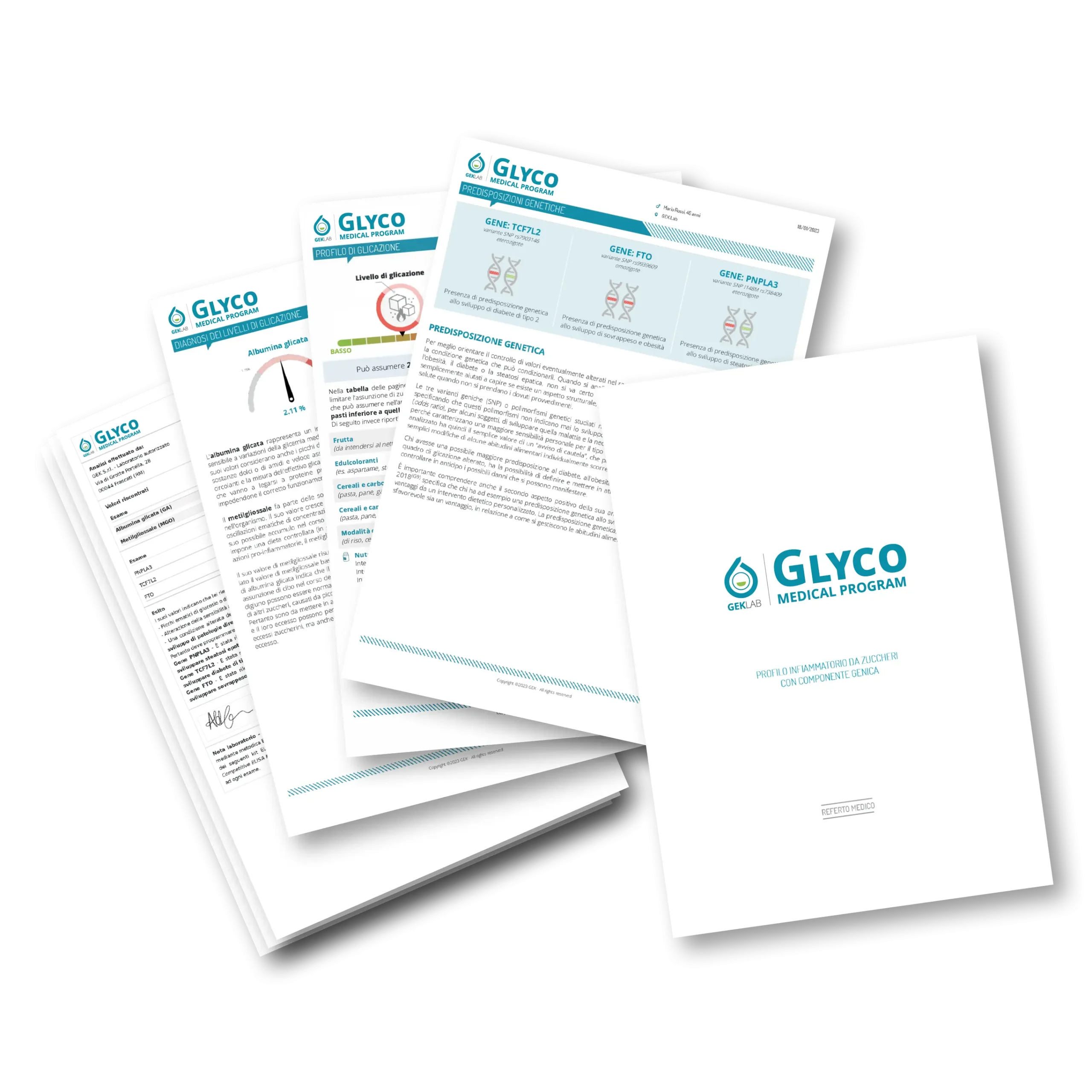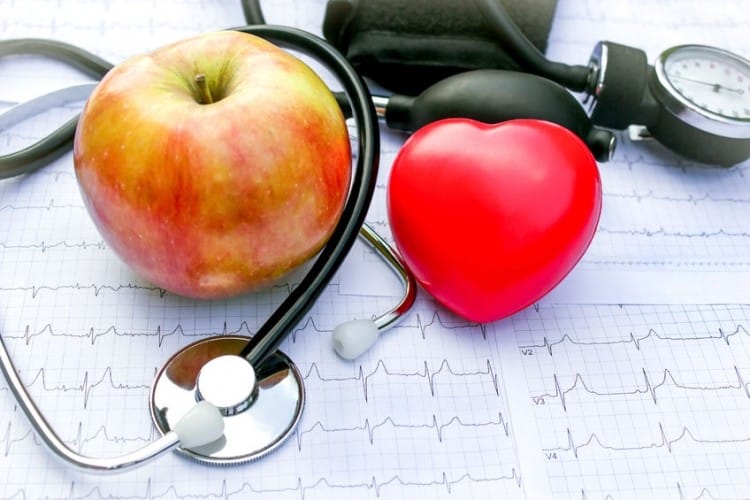
In childhood, overweight and sedentary lifestyles are increasingly on the rise. Reversing this trend by establishing healthy eating habits is essential to ensure that the adults of tomorrow stay healthy.
According to the latest data published by the Italian National Institute of Health, the situation of overeating and inactivity among Italian children remains serious and deserves careful attention.
The current picture of Italian children reflects a diet based on poor nutritional habits, far from the guidelines of the true Mediterranean diet.
The data shows that about 1 in 3 children is overweight. Their diet is too rich in sugars and sweets, low in vegetables, they often skip breakfast, and during the morning at school they consume large snacks.
The daily intake of excessive simple sugars through food can lead to actual inflammatory or metabolic damage.
An unbalanced breakfast, with a concentrated dose of simple sugars, causes an excessive sugar spike, making children hyperactive and very hungry again just a few hours later.
Both certain foods—when consumed too frequently—and the daily intake of various sugars (glucose, fructose, and polyols, which follow similar metabolic pathways) can act as inflammatory triggers that initiate and sustain various health conditions, as well as contribute to excess body fat.
In children, the excessive consumption of simple sugars is the main cause of fatty liver and overweight.
The American Heart Association guidelines recommend avoiding the consumption of simple sugars in children under 2 years of age, and limiting intake to no more than 25 grams of sugar per day from age 2 onwards (equivalent to just 5 level teaspoons of table sugar).
These amounts are generally exceeded just at breakfast for many children: consider, for example, that a typical bowl of milk with chocolate cereal or milk with cookies and a fruit juice provides as much as 35 grams of sugar—that’s equivalent to 7 teaspoons of sugar!
An unbalanced breakfast, with a concentrated dose of simple sugars, causes an excessive sugar spike, making children hyperactive and, within a few hours, very hungry again.
How can we understand how significant sugar-related damage is in the body?
Today, science can answer this question through the measurement of two specific early indicators of sugar-related damage: glycated albumin and methylglyoxal. These two molecules provide insights that go beyond the standard fasting blood glucose and glycated hemoglobin (HbA1c) tests, offering a more detailed picture of how sugar is impacting the body.
These markers make it possible to detect early sugar-related damage caused by repeated blood glucose fluctuations and the accumulation of glycotoxic substances in the body. They also allow for monitoring the body’s response to dietary changes.
Identifying this altered sugar sensitivity early on—through a simple finger-prick blood test—makes it possible to implement easy yet effective dietary and lifestyle adjustments, even for children.
For instance, it becomes possible to know exactly how often a child can enjoy a well-made sweet treat. In a healthy and mindful diet, an occasional sweet indulgence is good for the soul, but ice cream, packaged snacks, cookies, and fruit juices should not be a daily occurrence—for kids or adults.
How can we prepare a balanced breakfast for children while limiting simple sugars from the very first meal of the day?
Children’s breakfasts should always include healthy fats and quality proteins, as these help to maintain a longer sense of fullness and align with recommendations from the Harvard Medical School of Public Health.
Parents and children alike should learn to sit down together in the morning and take the necessary time to eat a proper and nutritious meal.
Here are some tasty and balanced breakfast ideas that are also kid-approved:
- Plain yogurt (unsweetened) with raspberries, blended walnuts, and rolled oats
- Whole grain or rye bread with ricotta and cherry tomatoes
- Sweet crêpes made only with eggs, whole grain or chestnut flour, and milk, topped with a purée of seasonal fruit
Edited by The scientific editorial Team GEK Lab




